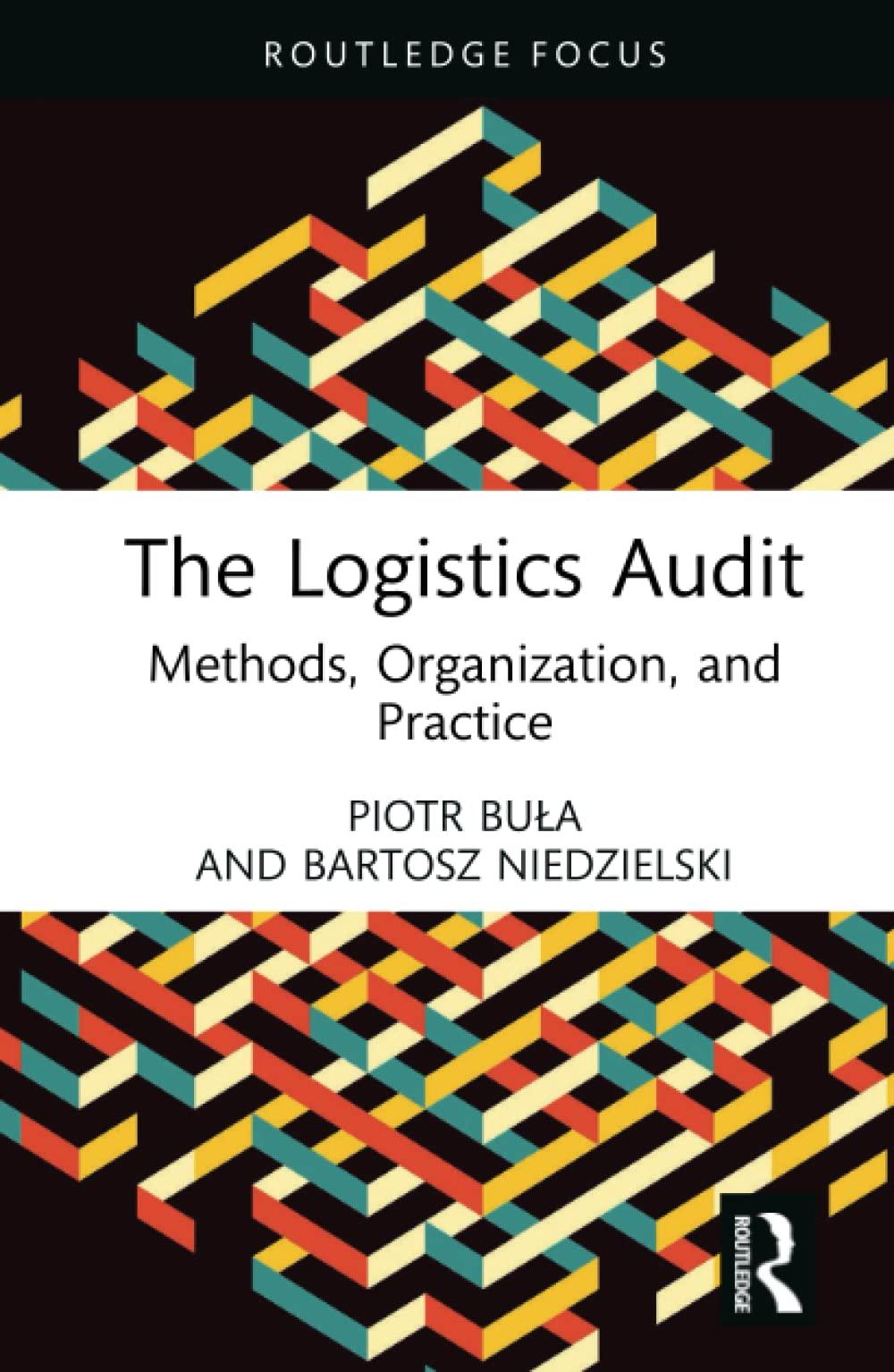 undefined
undefined
Buyouts V wants to structure the transaction as a traditional LBO in order to maximize its return on equity, while maintaining reasonable interest coverage ratios. Buyouts V expects to finance the transaction with 2.0x 2011 EBITDA of senior debt and 1.5x 2011 EBITDA of subordinated debt. The remaining cash consideration will be financed with equity. The senior debt and subordinated debt carry fixed annual interest rates of 5.5% and 10%, respectively. Buyouts V is excited about this investment but needs to make sure the deal meets the Fund's designated investment hurdle rate. After several meetings with Half's management team and some industry due diligence, Buyouts V develops the following assumptions: . . . 2010 EBITDA of $6.4 million; 12.5% annual EBITDA growth; Depreciation to equal one-quarter of EBITDA; Capital expenditures in a year to equal the depreciation for the year; Corporate tax rate of 35%; Working capital and other cash adjustments to equal zero; A minimum cash balance of $2.0 million to remain on the Company's balance sheet at all times following the acquisition; Interest income of 2% annually will be earned on all cash on the balance sheet; Buyouts V to purchase the company without any cash on the balance sheet and retain all cash on the balance sheet, if any, at the time of sale; All remaining free cash flow used to repay senior debt ONLY (i.e., no repayment of subordinated debt until maturity), with any free cash flow remaining after the repayment of senior debt accumulating to cash on hand; Subordinated debt matures in 10 years and does not require any principal amortization until Year 10 (i.e., no free cash flow is required to pay down subordinated debt prior to Year 10 although cash interest payments are made in each year); Employees of the company granted 8% of the ownership in Half & Full in the form of options with a zero strike price, with all options vesting upon a change of control; Sale of the company in December 2015 (five years after the LBO) for an EV of 6.0 times forward EBITDA; No financing costs or transaction fees; and Target deal-level IRR of 25%. . Required: (7A) The next step for Buyouts V is to develop a financial model based on the assumptions above. What is the highest price that Buyouts V should be willing to pay for the company (debt plus equity)? Buyouts V wants to structure the transaction as a traditional LBO in order to maximize its return on equity, while maintaining reasonable interest coverage ratios. Buyouts V expects to finance the transaction with 2.0x 2011 EBITDA of senior debt and 1.5x 2011 EBITDA of subordinated debt. The remaining cash consideration will be financed with equity. The senior debt and subordinated debt carry fixed annual interest rates of 5.5% and 10%, respectively. Buyouts V is excited about this investment but needs to make sure the deal meets the Fund's designated investment hurdle rate. After several meetings with Half's management team and some industry due diligence, Buyouts V develops the following assumptions: . . . 2010 EBITDA of $6.4 million; 12.5% annual EBITDA growth; Depreciation to equal one-quarter of EBITDA; Capital expenditures in a year to equal the depreciation for the year; Corporate tax rate of 35%; Working capital and other cash adjustments to equal zero; A minimum cash balance of $2.0 million to remain on the Company's balance sheet at all times following the acquisition; Interest income of 2% annually will be earned on all cash on the balance sheet; Buyouts V to purchase the company without any cash on the balance sheet and retain all cash on the balance sheet, if any, at the time of sale; All remaining free cash flow used to repay senior debt ONLY (i.e., no repayment of subordinated debt until maturity), with any free cash flow remaining after the repayment of senior debt accumulating to cash on hand; Subordinated debt matures in 10 years and does not require any principal amortization until Year 10 (i.e., no free cash flow is required to pay down subordinated debt prior to Year 10 although cash interest payments are made in each year); Employees of the company granted 8% of the ownership in Half & Full in the form of options with a zero strike price, with all options vesting upon a change of control; Sale of the company in December 2015 (five years after the LBO) for an EV of 6.0 times forward EBITDA; No financing costs or transaction fees; and Target deal-level IRR of 25%. . Required: (7A) The next step for Buyouts V is to develop a financial model based on the assumptions above. What is the highest price that Buyouts V should be willing to pay for the company (debt plus equity)
 undefined
undefined





